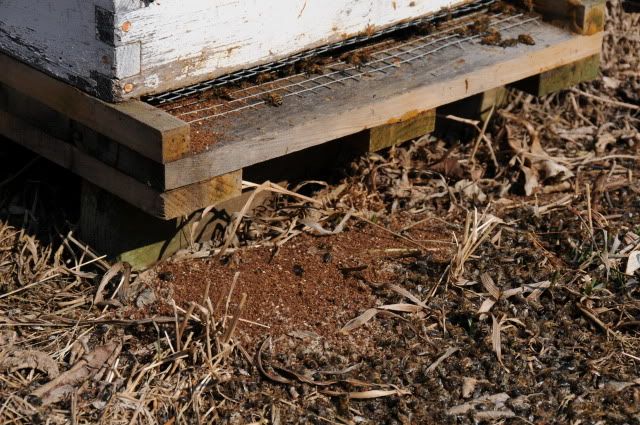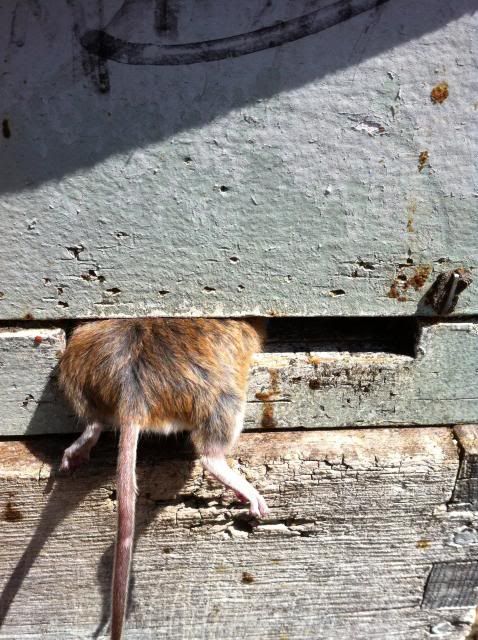testka
House Bee
- Joined
- Jun 18, 2010
- Messages
- 103
- Reaction score
- 0
- Location
- London/Essex border
- Hive Type
- 14x12
- Number of Hives
- 15
Hi
Over the last few winters I have always left in the reduced entrance block and further restricted the height of the block to stop mice. The bees seem better able to enter without loss of pollen and do not appear to have issues with throwing their dead out which I had previously when using regular mouse guards due to blocked holes.
Have been informed reducing the height will not work and the only way to keep mice out is to use regular mouse guard as a small how is necessary.
Question is have I simply been lucky and should I go back to using standard guards.
Thanks.
Over the last few winters I have always left in the reduced entrance block and further restricted the height of the block to stop mice. The bees seem better able to enter without loss of pollen and do not appear to have issues with throwing their dead out which I had previously when using regular mouse guards due to blocked holes.
Have been informed reducing the height will not work and the only way to keep mice out is to use regular mouse guard as a small how is necessary.
Question is have I simply been lucky and should I go back to using standard guards.
Thanks.







